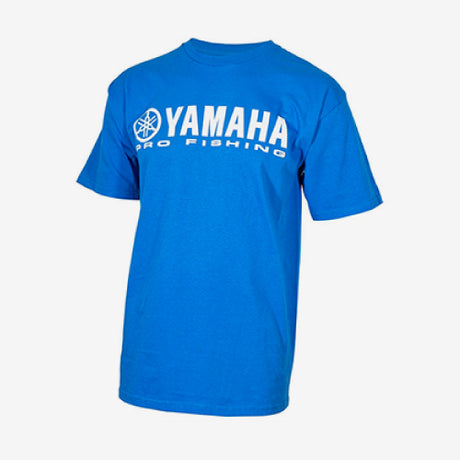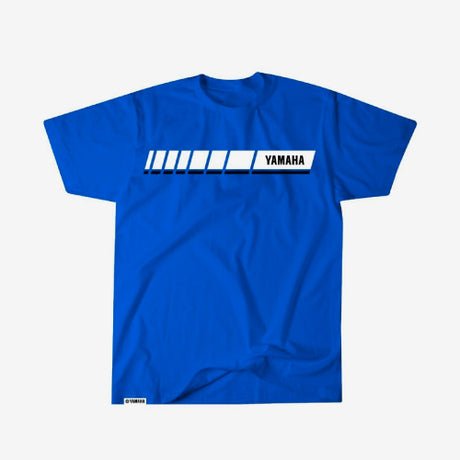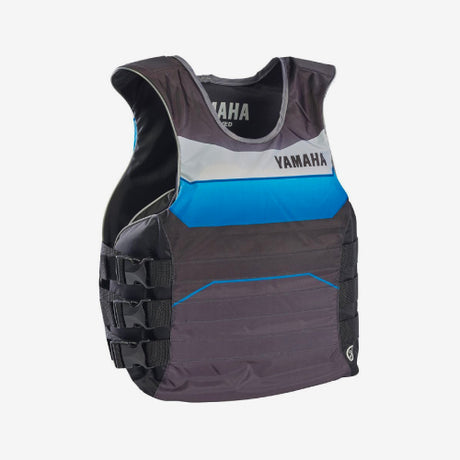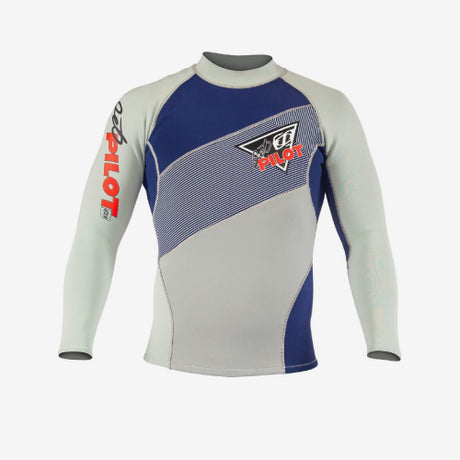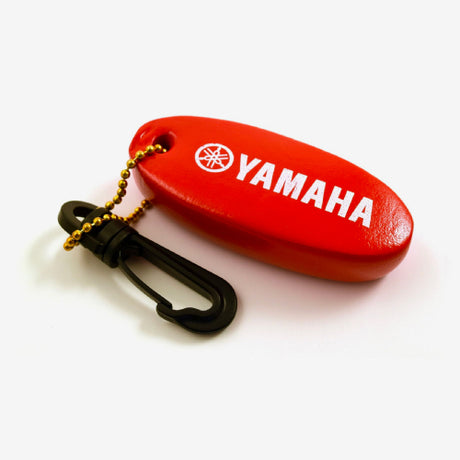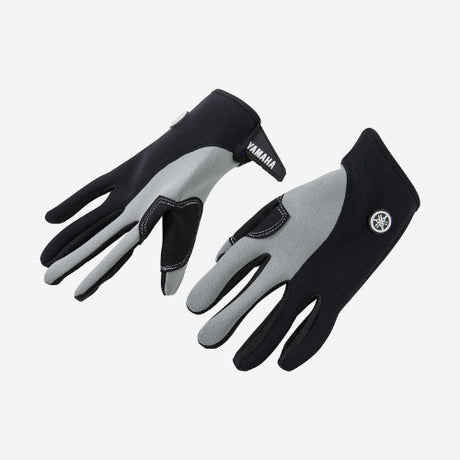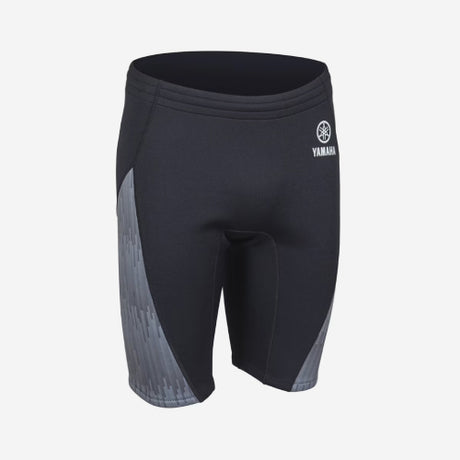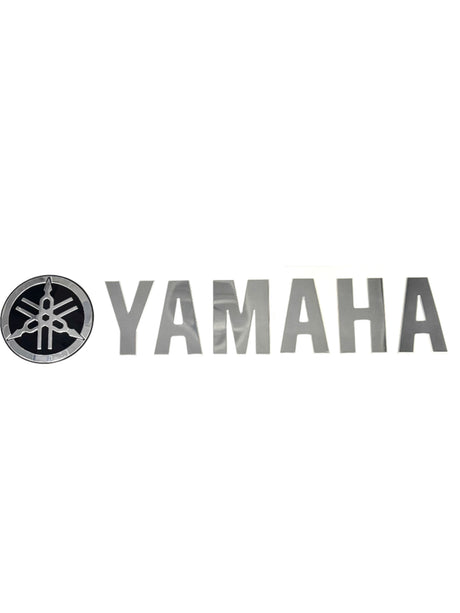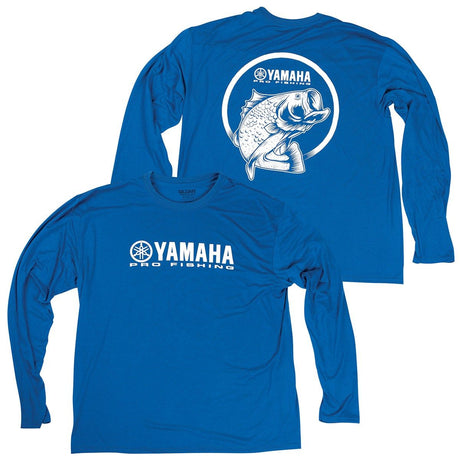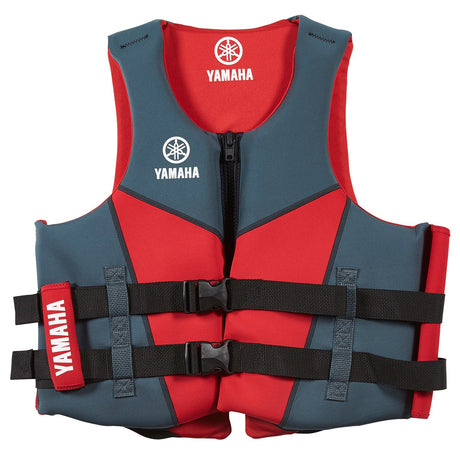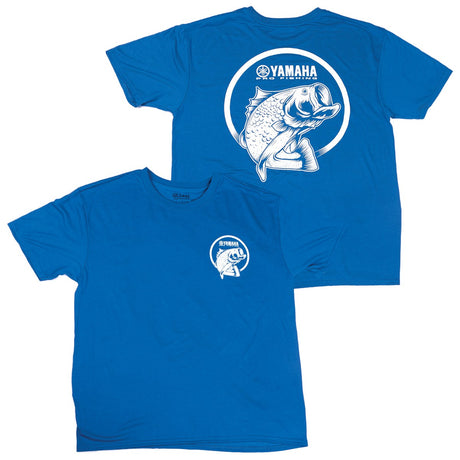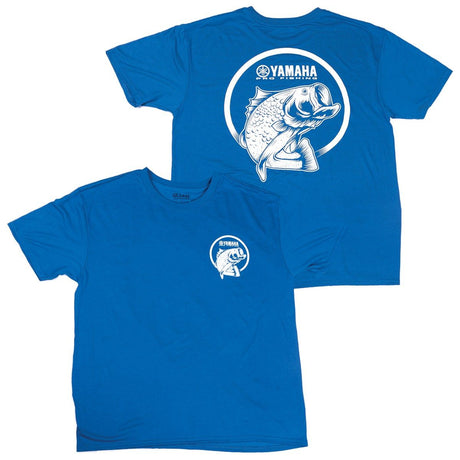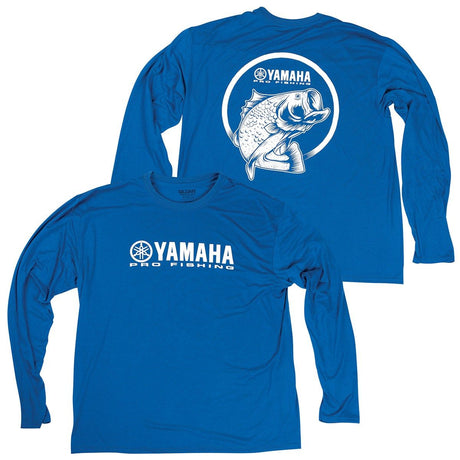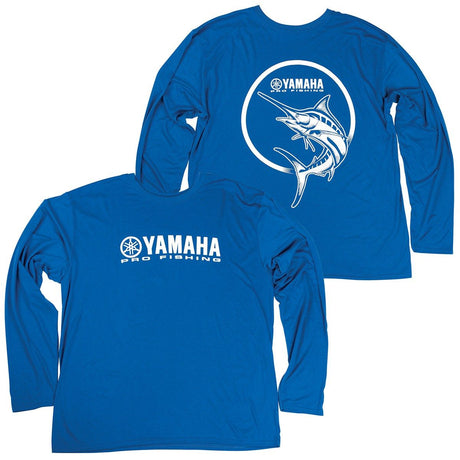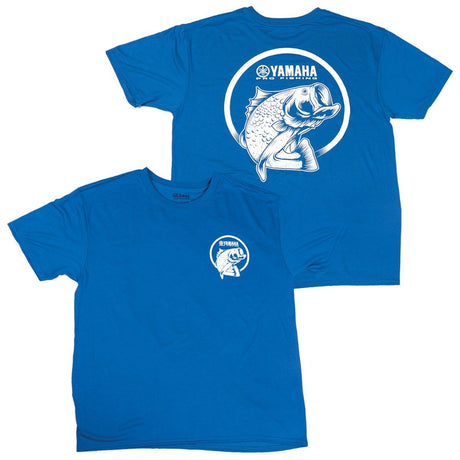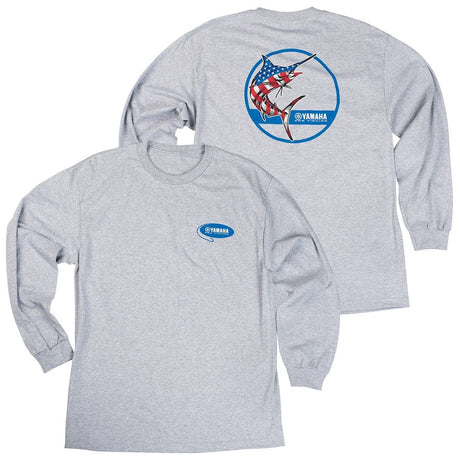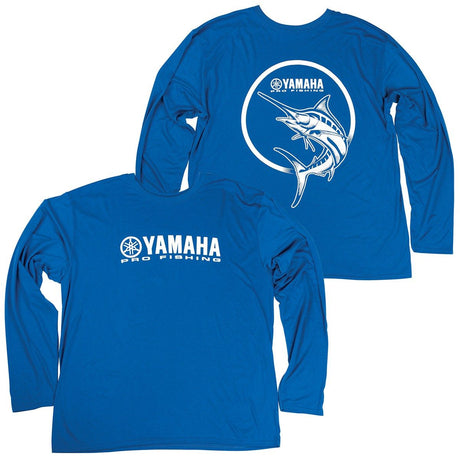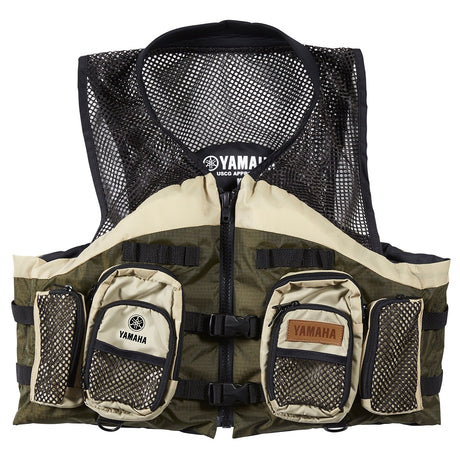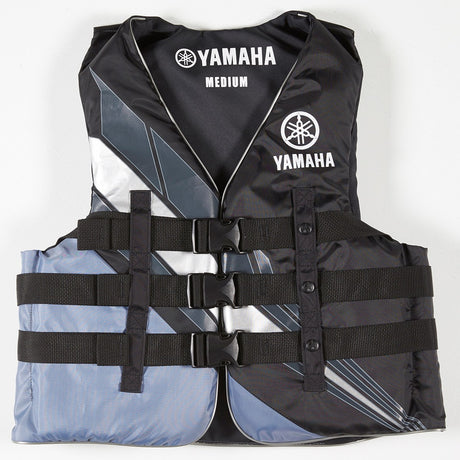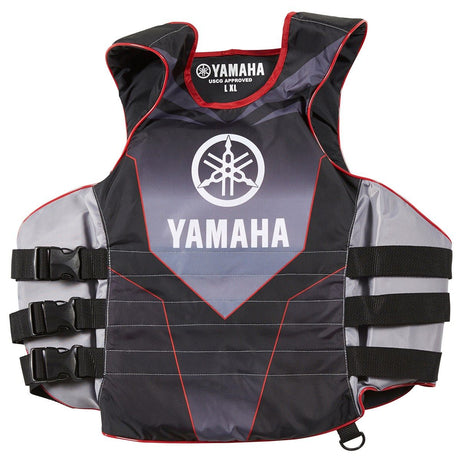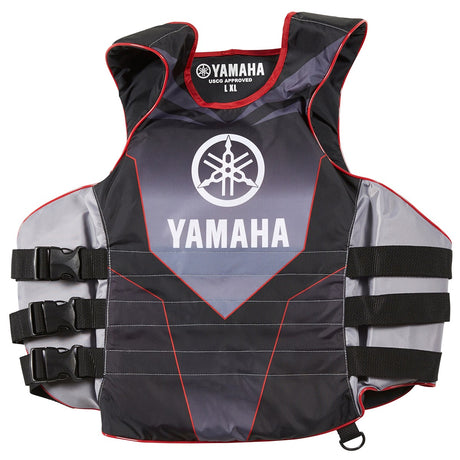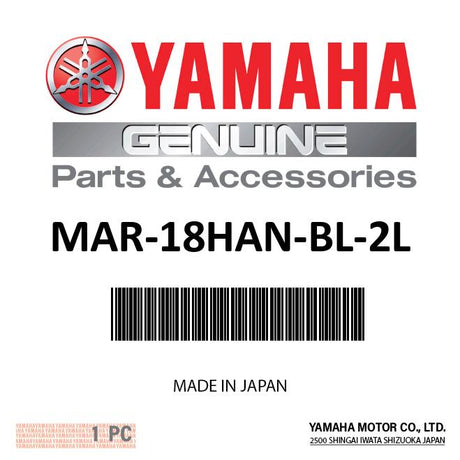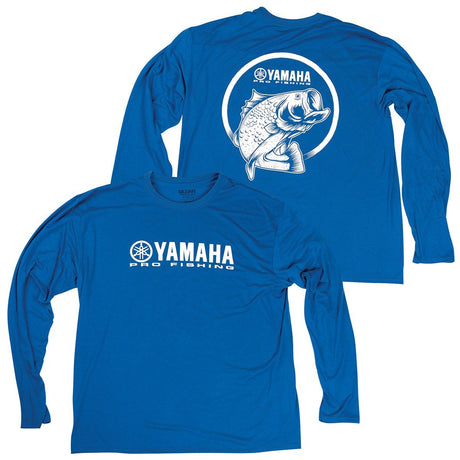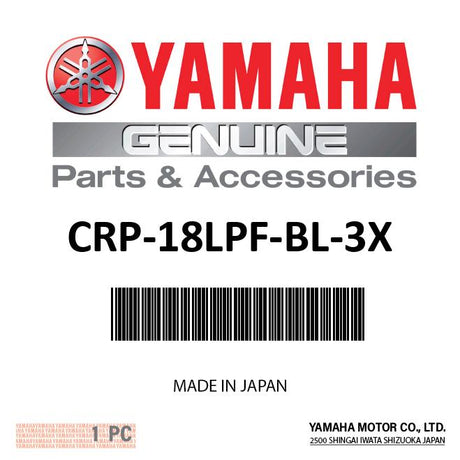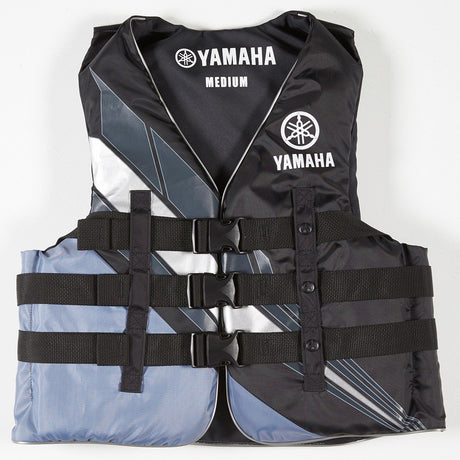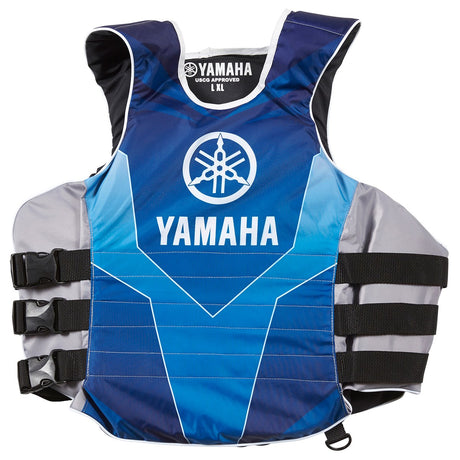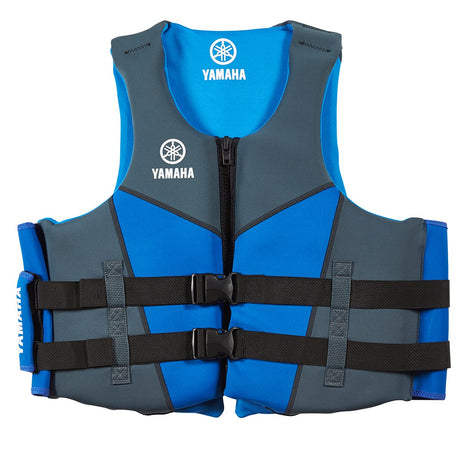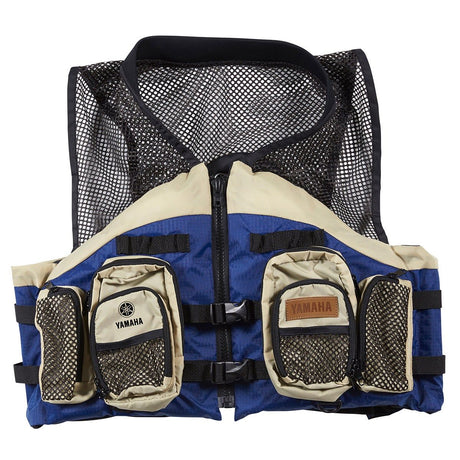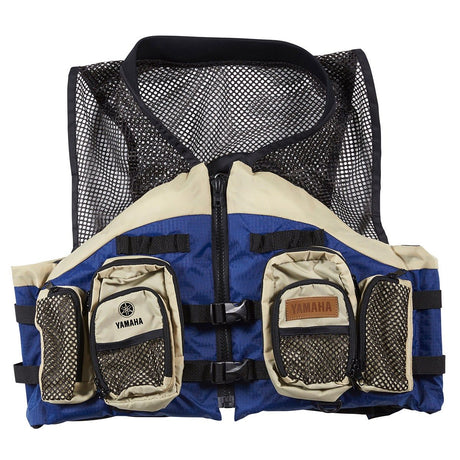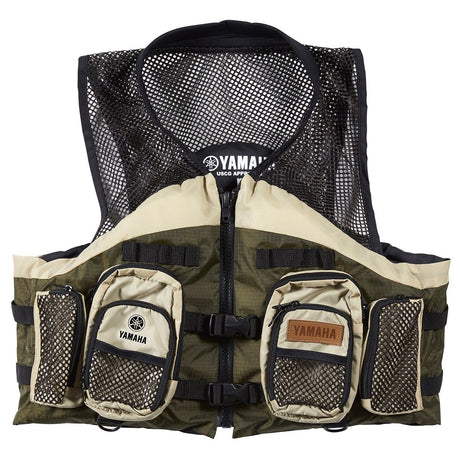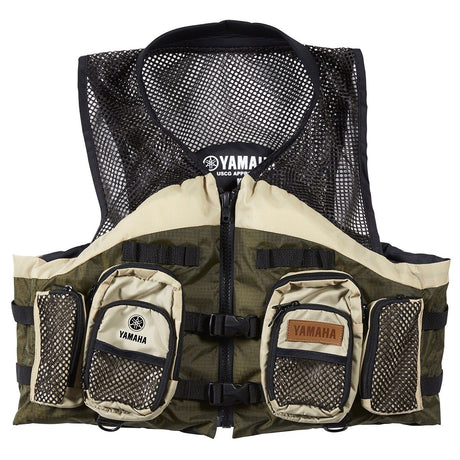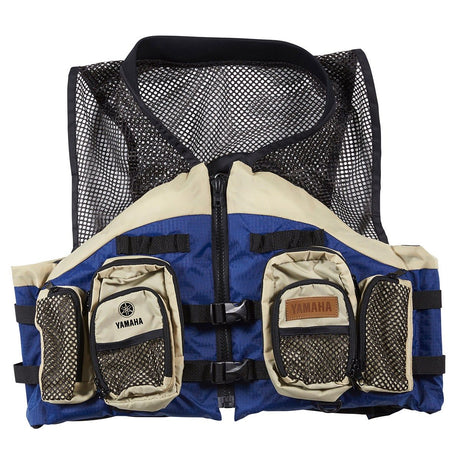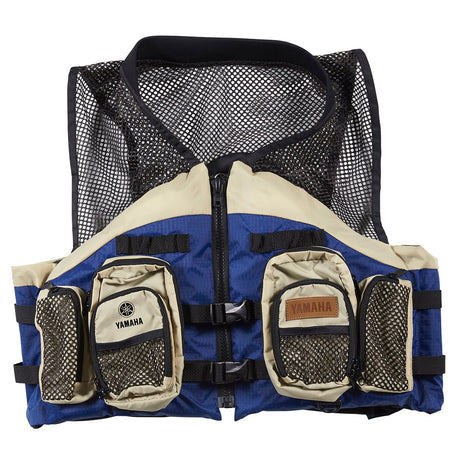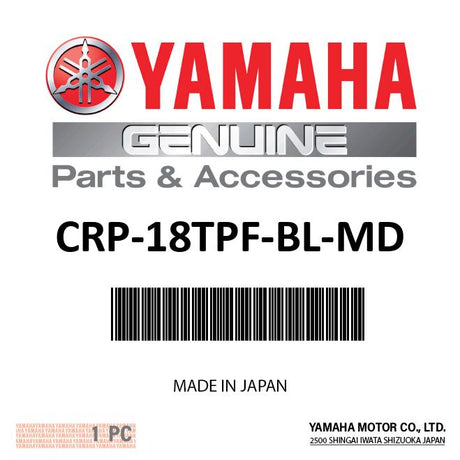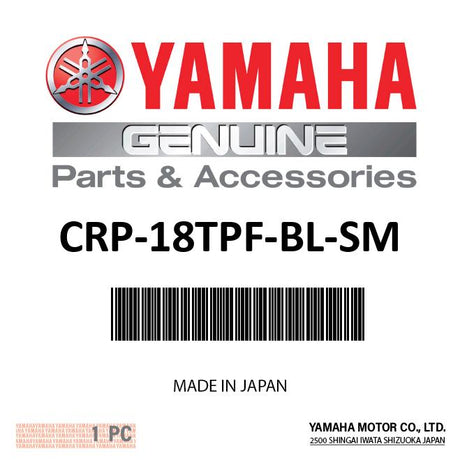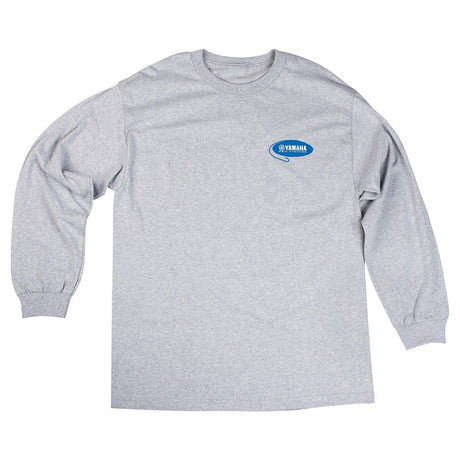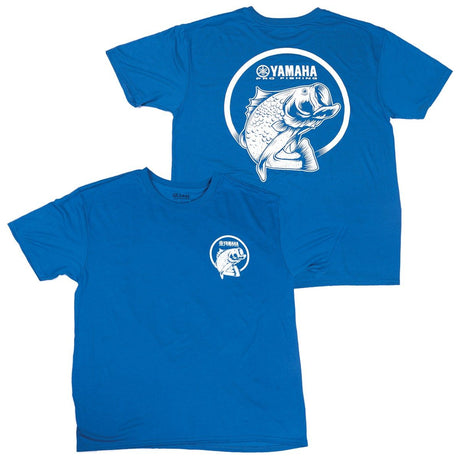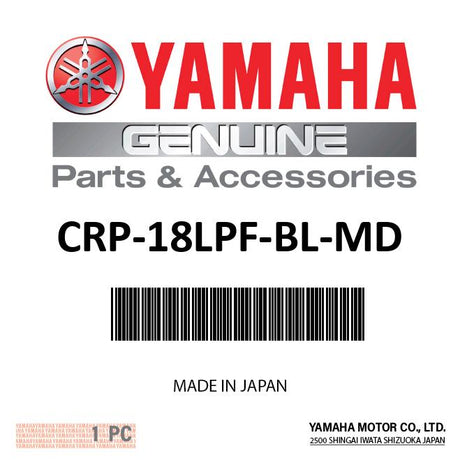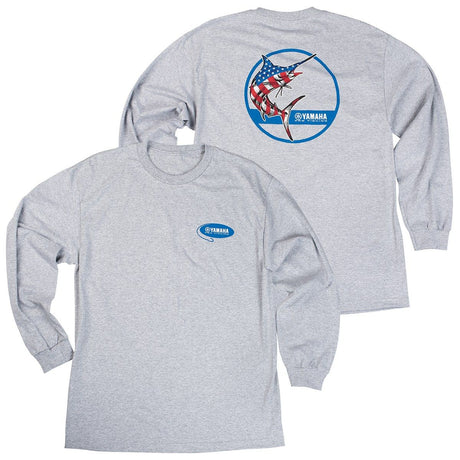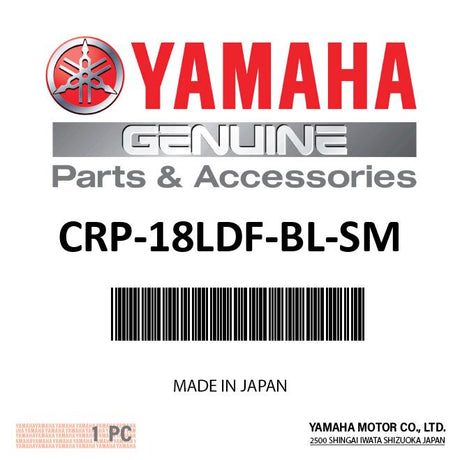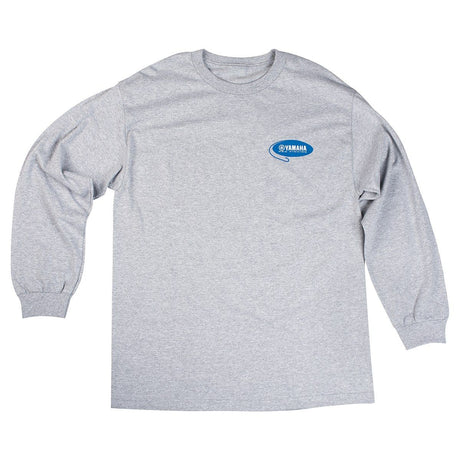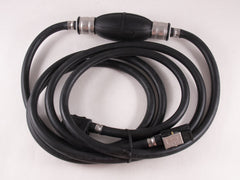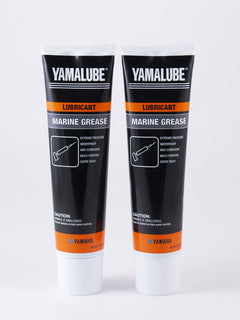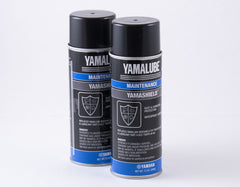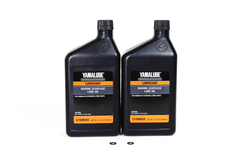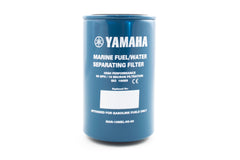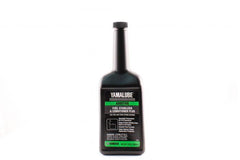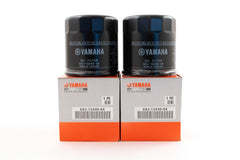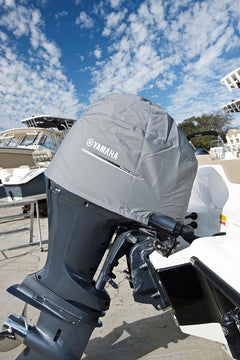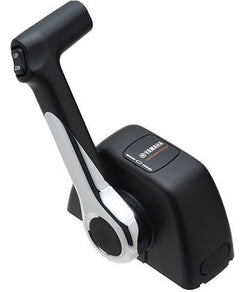Yamaha
Yamaha CRP-18LPF-BL-LG - Men's Pro Fishing Freshwater Long Sleeve Tee
$40.43 USD$43.99 USDUnit price /UnavailableYamaha
Yamaha Neoprene PFD with Side Handles 2XL – MAR-18HAN-RD-2L
$86.66 USD$94.99 USDUnit price /UnavailableYamaha
Yamaha CRP-18TPF-BL-3X - Men's Pro Fishing Freshwater Tee
$27.43 USD$28.99 USDUnit price /UnavailableYamaha
Yamaha CRP-18TPF-BL-XL - Men's Pro Fishing Freshwater Tee
$33.21 USD$35.99 USDUnit price /UnavailableYamaha
Yamaha CRP-18LPF-BL-XL - Men's Pro Fishing Freshwater Long Sleeve Tee
$40.43 USD$43.99 USDUnit price /UnavailableYamaha
Yamaha CRP-18LDF-BL-MD - Men's Pro Fishing Off-Shore Long Sleeve Tee
$40.43 USD$43.99 USDUnit price /UnavailableYamaha
Yamaha CRP-18TPF-BL-LG - Men's Pro Fishing Freshwater Tee
$33.21 USD$35.99 USDUnit price /UnavailableYamaha
Yamaha Pro Fishing Patriotic Marlin Long Sleeve Tee Medium – CRP-18LML-GY-MD
$37.54 USD$39.99 USDUnit price /UnavailableYamaha
Yamaha CRP-18LDF-BL-3X - Men's Pro Fishing Off-Shore Long Sleeve Tee
$40.43 USD$43.99 USDUnit price /UnavailableYamaha
Yamaha Men’s Nylon Mesh Fishing Life Jacket 2X – MAR-18FSH-GN-2X
$57.77 USD$59.99 USDUnit price /UnavailableYamaha
Yamaha Value Nylon 3-Buckle PFD Large – MAR-18V3B-BK-LG
$54.88 USD$59.99 USDUnit price /UnavailableYamaha
Yamaha Nylon Side Entry PFD Small/Medium – MAR-18VSE-BK-SD
$73.66 USD$74.99 USDUnit price /UnavailableYamaha
Yamaha MAR-18VSE-BK-LX - Men's Nylon Side-Entry PFD 18VSE - Black - Large / X-Large
$73.66 USD$74.99 USDUnit price /UnavailableYamaha
Yamaha Neoprene PFD with Side Handles XL – MAR-18HAN-BL-2L
$86.66 USD$94.99 USDUnit price /UnavailableYamaha
Yamaha CRP-18LPF-BL-SM - Men's Pro Fishing Freshwater Long Sleeve Tee
$40.43 USD$43.99 USDUnit price /UnavailableYamaha
Yamaha CRP-18LPF-BL-3X - Men's Pro Fishing Freshwater Long Sleeve Tee
$40.43 USD$43.99 USDUnit price /UnavailableYamaha
Yamaha Value Nylon 3-Buckle PFD 3X – MAR-18V3B-BK-3X
$47.65 USD$50.99 USDUnit price /UnavailableYamaha
Yamaha Nylon Side Entry PFD Large/X-Large – MAR-18VSE-BL-LX
$73.66 USD$74.99 USDUnit price /UnavailableYamaha
Yamaha Neoprene PFD with Side Handles Small – MAR-18HAN-BL-SX
$86.66 USD$94.99 USDUnit price /UnavailableYamaha
Yamaha Men’s Nylon Mesh Fishing Life Jacket 2X – MAR-18FSH-BL-2X
$57.77 USD$59.99 USDUnit price /UnavailableYamaha
Yamaha Men’s Nylon Mesh Fishing Life Jacket Medium – MAR-18FSH-BL-MD
$57.77 USD$59.99 USDUnit price /UnavailableYamaha
Yamaha Men’s Nylon Mesh Fishing Life Jacket Large – MAR-18FSH-GN-LG
$57.77 USD$59.99 USDUnit price /UnavailableYamaha
Yamaha Men’s Nylon Mesh Fishing Life Jacket Medium – MAR-18FSH-GN-MD
$57.77 USD$59.99 USDUnit price /UnavailableYamaha
Yamaha Men’s Nylon Mesh Fishing Life Jacket XL – MAR-18FSH-BL-XL
$57.77 USD$59.99 USDUnit price /UnavailableYamaha
Yamaha Men’s Nylon Mesh Fishing Life Jacket Large – MAR-18FSH-BL-LG
$57.77 USD$59.99 USDUnit price /UnavailableYamaha
Yamaha CRP-18TPF-BL-MD - Men's Pro Fishing Freshwater Tee
$33.21 USD$35.99 USDUnit price /UnavailableYamaha
Yamaha CRP-18TPF-BL-SM - Men's Pro Fishing Freshwater Tee
$33.21 USD$35.99 USDUnit price /UnavailableYamaha
Yamaha Pro Fishing Patriotic Bass Tee Medium – CRP-18LBS-GY-MD
$37.54 USD$39.99 USDUnit price /UnavailableYamaha
Yamaha CRP-18TPF-BL-2X - Men's Pro Fishing Freshwater Tee
$27.43 USD$28.99 USDUnit price /UnavailableYamaha
Yamaha CRP-18LPF-BL-MD - Men's Pro Fishing Freshwater Long Sleeve Tee
$40.43 USD$43.99 USDUnit price /UnavailableYamaha
Yamaha Pro Fishing Patriotic Marlin Long Sleeve Tee Small – CRP-18LML-GY-SM
$37.54 USD$39.99 USDUnit price /UnavailableYamaha
Yamaha CRP-18LDF-BL-SM - Men's Pro Fishing Off-Shore Long Sleeve Tee
$40.43 USD$43.99 USDUnit price /UnavailableYamaha
Yamaha Pro Fishing Patriotic Bass Tee Small – CRP-18LBS-GY-SM
$37.54 USD$39.99 USDUnit price /Unavailable
Yamaha Apparel and Accessories: Built for Life on the Water
When you're gearing up for a day on the water—whether it's for sport fishing, tubing with the family, or relaxing on your Yamaha boat—having the right gear makes all the difference. At YamahaOnlineParts.com, our selection of Yamaha apparel and accessories is tailored for boating enthusiasts who demand performance, style, and safety.
We don’t just carry clothing; we carry gear designed with Yamaha owners in mind. From Yamaha marine apparel to boating safety gear and everything in between, we’ve got you covered from head to toe—literally.
Outfit Yourself with Yamaha Apparel for Every Condition
From breezy mornings on the lake to intense mid-day sun, our Yamaha clothing collection is made for comfort, durability, and water-life utility. Here’s a peek at what you’ll find:
- Yamaha Men's Apparel – Moisture-wicking shirts, zip-up hoodies, and wind-resistant jackets
- Yamaha Women's Apparel – Flattering cuts, breathable fabrics, and layering options for boating or dockside lounging
- Yamaha Youth Apparel – Tees and lightweight gear for young passengers
- Yamaha Hats & Beanies – Sun protection or warmth, year-round
- Yamaha Pro Fishing Gear – Apparel built for long hours on the water
- Wetsuits, Gloves & Shoes – Designed for water sports, comfort, and grip
We’ve handpicked every item in our catalog to reflect Yamaha’s commitment to performance and reliability. Whether you’re heading out to fish or simply need something reliable for weekend wear, Yamaha boating apparel makes a difference.
Marine Safety Meets Comfort: Yamaha PFDs and Life Jackets
Safety is non-negotiable on the water—and Yamaha’s marine clothing line includes certified Yamaha personal flotation devices (PFDs) that are both Coast Guard approved and thoughtfully engineered for comfort.
- Foam PFDs offer consistent buoyancy
- Inflatable life jackets are slim, lightweight, and easy to wear all day
You’ll also find styles for kids, ensuring your little ones stay safe and comfortable without fuss. Be sure to size correctly for a snug but not restrictive fit—because a well-fitting life jacket is one your child will actually keep on.
Accessories That Work as Hard as You Do
Don’t overlook the little things that make a big difference in your day. Our Yamaha accessories include:
- Yamaha Lanyards & Keychains – Functional, branded, and great for boat keys
- Jet Boat Boarding Straps – Essential replacements that are often forgotten
- Quick-dry Gloves and UV-rated Neckwear – Ideal for all-day comfort on open water
Each piece is selected for real-world durability—because Yamaha owners know that boating gear needs to last.
Yamaha Apparel Sizing Tips for the Perfect Fit
Every brand sizes a little differently, and Yamaha apparel is no exception. Use our sizing guides and double-check measurements for best results, especially for kids and fitted outerwear. If in doubt, try the gear on at home before hitting the dock.
Tip: For youth life jackets, check that the vest stays snug by lifting at the shoulders—if it rides up past the chin, size down.
Why Choose Yamaha Clothing and Gear?
You could go generic, but Yamaha apparel is made for Yamaha gear. Whether you’re riding a WaveRunner or operating a 250-hp outboard, your apparel and accessories should match the performance of your machine.
- OEM-tested: Everything we sell is designed with Yamaha specifications in mind.
- Saltwater safe: Materials are chosen for their resistance to sun, wind, salt, and repeated washings.
- Trusted by dealers: YamahaOnlineParts.com supplies apparel and safety gear to certified Yamaha technicians and marinas.
Popular Yamaha Apparel FAQs
What’s the difference between a PFD and a life jacket?
All life jackets are PFDs (personal flotation devices), but not all PFDs are wearable. Yamaha offers both wearable and throwable PFDs. Wearable options include vests, inflatables, and hybrid jackets.
Do Yamaha inflatable PFDs require CO₂ cartridges?
Yes, and they can be either manual or automatic. Always inspect the cartridge before heading out.
How should I fit a kid’s Yamaha life jacket?
Make sure it’s snug around the torso with no extra room at the shoulders. Adjust straps firmly and perform a lift test—if the vest rises over the chin, it’s too big.
Are Yamaha accessories like lanyards and straps universal?
Some are, but most are designed with Yamaha-specific models in mind. Always check compatibility.
Final Word: Rep the Brand You Trust
At YamahaOnlineParts.com, we don’t just sell parts—we stock Yamaha apparel and accessories because we use them ourselves. Whether you’re after sun protection, warmth, safety, or just looking good on the water, Yamaha has you covered.
Browse the full Yamaha apparel catalog now and find gear that works as hard as your outboard.


